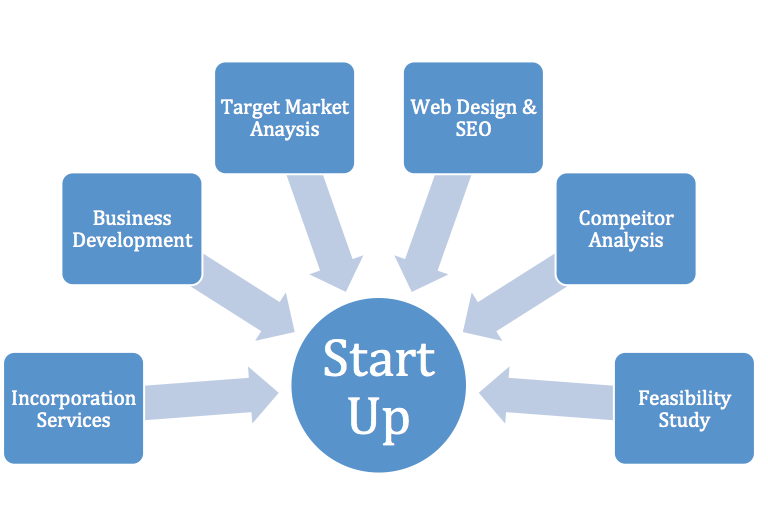Business Plan Service
Hotline: 86-755-82143348, Email:amyhuang@citilinkia.com
For whatever reason, the trend in business plans these days is to go back to the fundamentals, with good projections and solid analysis. An "easy to read quickly" format is more important than ever. If you want people to read the business plan you develop--and most people do--then my best advice to you is keep it simple. Don't confuse your business plan with a doctoral thesis or a lifetime task. Keep the wording and formatting straightforward, and keep the plan short.
But don't confuse simple wording and formats with simple thinking. The reason you're keeping it simple isn't because you haven't developed your idea fully. You're keeping it simple so you can get your point across quickly and easily to whoever's reading it.
With that in mind, let's get down to some specifics when it comes to simplifying your plan.
Rein in your prose. Effective business writing is easy to read. People will skim your plan-they'll try to read it while talking on the phone or going through their e-mail. Save the deep prose for the great American novel you'll write later. When you're crafting your plan, remember these tips:
• Don't use long complicated sentences, unless you have to for meaning. Short sentences are fine, and they're easier to read.
• Avoid buzzwords, jargon and acronyms. You may know that NIH means "not invented here" and KISS stands for "keep it simple, stupid," but don't assume anybody else does.
• Use simple, straightforward language, like "use" instead of "utilize" and "then" instead of "at that point in time."
• Bullet points are good for lists. They help readers digest information more easily.
• Avoid "naked" bullet points. Flesh them out with brief explanations where explanations are needed. Unexplained bullet points can be frustrating.

Keep it short. The average length of most business plans is shorter now than it used to be. You can probably cover everything you need to convey in 20 to 30 pages of text plus another 10 pages of appendices for monthly projections, management resumes and other details. If you've got a plan that's more than 40 pages long, you're probably not summarizing very well.
Of course, there are exceptions to the rule. I recently saw a plan for a chain of coffee shops, for example, that included photos of the proposed location, mock-ups of menus and maps of other proposed locations. The graphics made the plan longer, but they added real value. Product shots, location shots, menus, blueprints, floor plans, logos and signage photos are useful.
Use business charts. Make your important numbers easy to find and easy to understand. Use summary tables and simple business charts to highlight the main numbers. Make the related details easy to find in the appendices. Also...
• Use bar charts to show, at a minimum, sales, gross margin, net profits, cash flow and net worth by year.
• Three-dimensional bars look slicker, but two-dimensional bars are usually easier to read. Make sure the numbers are obvious.
• Stacked bars make totals easier to visualize. If your sales divide into segments, stack the bars to show the total.
• Use pie charts for market share and market segments.
• Show tasks and milestones as horizontal bars with labels on the left and dates along the top or bottom. Most people call this a Gantt chart. Show only the major tasks and milestones, because too many details make these charts hard to read.
• Always put the source numbers close to the charts in a summary table so readers can reference them quickly and recognize the numbers in the charts. And never leave a business plan reader unable to find the source numbers of a chart. That's frustrating.
• Don't use a chart without referencing it in the text. If source numbers aren't completely obvious in the summary tables, make sure you specify which appendices contain the detailed numbers.
Polish the overall look and feel. Aside from the wording, you also want the physical look of your text to be simple and inviting. So take my advice:
• Stick to two fonts for your text. The font you use for headings should be a simple sans-serif font, such as Arial, Tahoma or Verdana. For the body text, you should probably use a standard text font, like Century, Times Roman or Book Antigua.
• Avoid small fonts. Only a few of the more readable fonts are fine at 10 points; most of them are better at an 11 or 12 point size.
• Use page breaks to separate sections and to separate charts from text and to highlight tables. When in doubt, go to the next page. Nobody worries about having to turn to the next page.
• Use white space liberally. Words crammed together into small spaces are uncomfortable to read.
• Always use your spell-checker. Then proofread your text carefully to be sure you're not using a properly spelled incorrect word! Double check that your text numbers match those in your tables.
Contact us
For further queries, please do not hesitate to contact ATAHK at anytime, anywhere by simply calling China hotline at 86-755-82143348, or emailing to amyhuang@citilinkia.com.